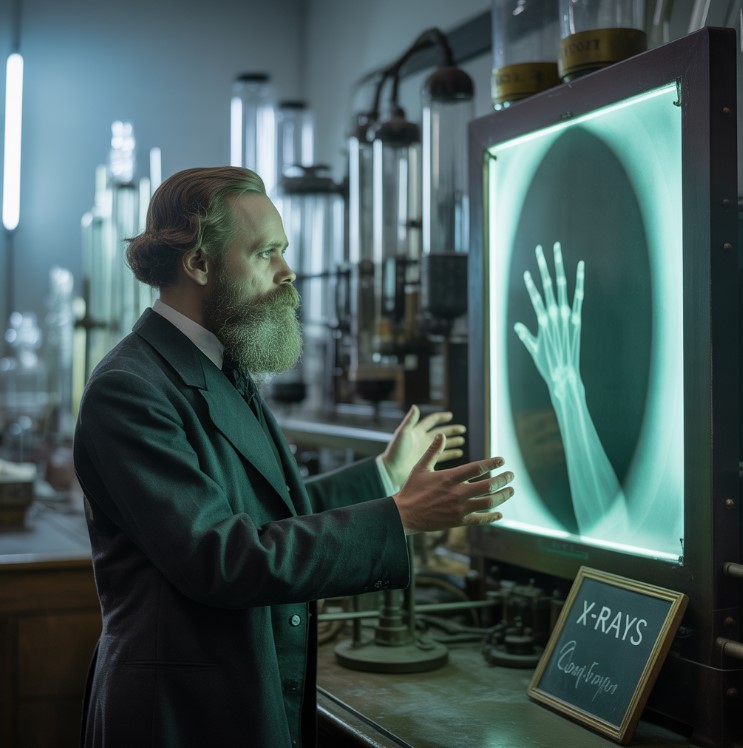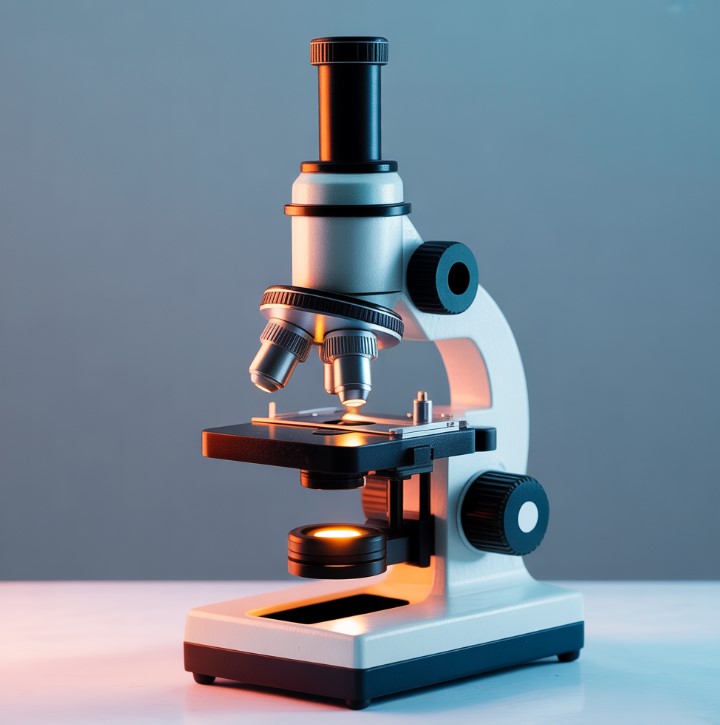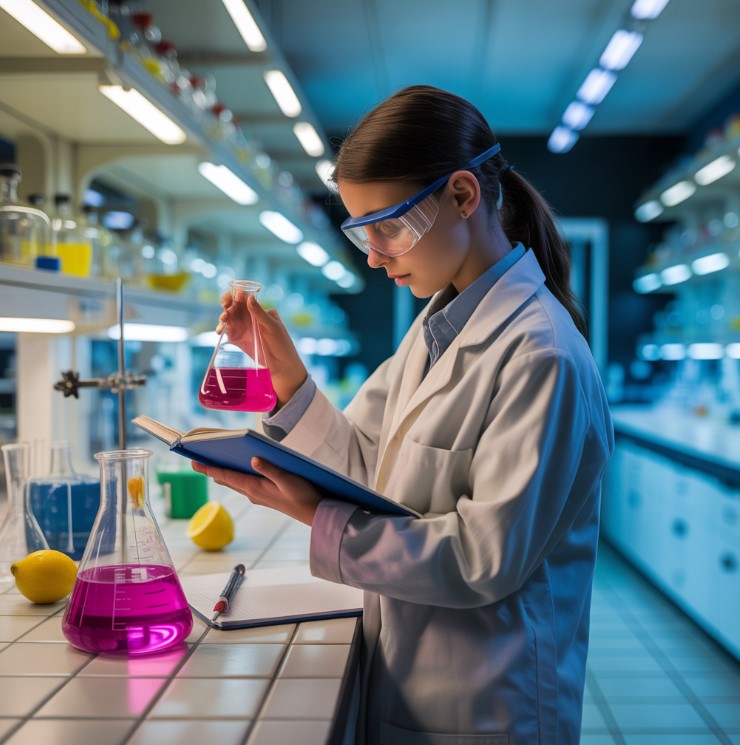Contents
This article explores chemical energy not just as a definition, but as a fundamental force we engineer to power our world, examining the trade-offs in the systems we use to convert it. Every car that moves, every screen that lights up, and every human heartbeat is powered by the conversion of chemical energy. This powerful force is all around us, stored silently in the bonds of matter. The core challenge is not finding this energy, but engineering systems to convert its stored potential efficiently. This article explores chemical energy as a fundamental force we engineer to power our world, examining the trade-offs in the systems we use to convert it.
What is Chemical Energy? Unlocking the Power in Bonds
The primary definition of chemical energy is the potential energy stored in the bonds of chemical compounds. These chemical bonds hold atoms and molecules together, and the energy within them is a form of stored potential.
In Simple Words
In simple terms, you can think of chemical energy as dormant power waiting for a trigger, much like a coiled spring. A substance like wood or gasoline doesn’t release its power until a chemical reaction, like burning, is initiated. This reaction breaks the existing bonds and releases the stored potential.
The Release Mechanism
This energy is released during a chemical reaction. Specifically, when the original chemical bonds are broken and new, more stable bonds are formed, the difference in potential is released. An Exothermic Reaction is a specific type of reaction that releases this energy, often in the form of heat and light, which we can then harness.
The Conversion Problem: Engineering Chemical Energy in Everyday Life
The process of changing chemical energy into useful forms like heat, motion, or electricity is called Energy Transformation. We don’t use the energy in chemical bonds directly; instead, we build engineered systems to manage this conversion. Each system has unique benefits and trade-offs.
The Combustion Engine – Brute Force Conversion
- The Potential: Fossil fuels like gasoline and biomass like wood contain immense stored chemical energy.
- The Conversion: This system uses a rapid, violent exothermic reaction called combustion. When you ask, “How is chemical energy released from wood?” the answer is through burning, which is a combustion reaction.
- The Work: The reaction creates hot, expanding gas that pushes pistons, generating the kinetic energy that moves a vehicle.
- The Engineering Trade-Off: This method is powerful but highly inefficient. Over 60% of the energy is often lost as waste heat, and the process creates significant pollution byproducts.
The Battery – Controlled Electron Flow
- The Potential: A battery is a prime example of stored chemical energy, held in the chemical potential difference between its two electrodes.
- The Conversion: It uses a controlled electrochemical reaction. This reaction forces electrons to travel through an external circuit from one electrode to the other.
- The Work: This directed flow of electrons is what we call electricity, a precise and versatile form of power for our devices.
- The Engineering Trade-Off: Batteries offer high conversion efficiency but have a lower energy density compared to fuel. They also present challenges related to the sourcing of materials like lithium and cobalt.
The Biological Machine – Chemical Energy in Food
- The Potential: The chemical energy in food, particularly in molecules like glucose, is the essential fuel for all living organisms.
- The Conversion: The body uses cellular respiration, a complex and highly controlled multi-stage chemical reaction. This process answers the question, “What is chemical energy in the body?” by explaining how cells break down food.
- The Work: The energy is captured in a molecule called ATP, which then powers muscle movement (kinetic energy), nerve signals (electrical energy), and maintains body heat (thermal energy).
- The Engineering Trade-Off: This biological system is remarkably efficient and self-repairing but requires a constant, stable internal environment (homeostasis) to function correctly.
Comparison of Energy Conversion Systems
| Feature | Combustion Engine | Battery | Biological Machine (Human Body) |
|---|---|---|---|
| Energy Source | Fossil Fuels, Biomass | Chemical Compounds (e.g., Lithium-ion) | Food (e.g., Glucose) |
| Conversion Process | Combustion (Exothermic) | Electrochemical Reaction | Cellular Respiration |
| Primary Output | Kinetic Energy, Heat | Electrical Energy | ATP (for Kinetic, Electrical, Thermal) |
| Key Trade-Off | Inefficient, Polluting | Lower Energy Density, Material Sourcing | Requires Stable Internal Environment |
For a visual explanation of energy transformation, consider watching a video on how a power plant works, which shows the conversion from the chemical energy in fuel to thermal energy in steam, then to mechanical energy in a turbine, and finally to electrical energy in a generator.
The Future: Redesigning Our Energy Converters
The core challenge remains: we need to engineer better, cleaner, and more efficient systems for energy transformation. Our progress depends on our ability to design smarter systems that turn the potential in chemical bonds into the power that shapes our world.
- Hydrogen Fuel Cells: These systems use a chemical reaction between hydrogen and oxygen to produce electricity. The only byproduct of this clean conversion is water.
- Biofuels and Photosynthesis: Scientists are engineering crops and algae to be better stores of chemical energy. This mimics and enhances the natural process of photosynthesis. The answer to “How is solar energy transformed into chemical energy?” is through photosynthesis, where plants use sunlight to convert carbon dioxide and water into glucose, a molecule rich in stored energy.
- Next-Generation Batteries: Research focuses on developing new chemistries for batteries. The goal is to create denser, cheaper, and more sustainable examples of stored chemical energy that rely on more abundant materials.
Conclusion: From Silent Potential to Global Power
Chemical energy is not just a scientific concept; it is a fundamental force to be tamed and engineered. It is the unseen engine of our civilization. Our future progress depends on our ability to design smarter systems that turn the potential in chemical bonds into the power that shapes our world.
Frequently Asked Questions (FAQ) about Chemical Energy
Q1: What is the meaning of chemical energy?
A: Chemical energy is the energy stored within the bonds of chemical compounds, such as atoms and molecules. This energy is released when a chemical reaction takes place.
Q2: What is chemical energy in simple words?
A: Think of it as hidden or stored energy. A log of wood has stored chemical energy; you release it as heat and light when you burn it. A battery has stored chemical energy; you release it as electricity when you connect it to a device.
Q3: What are some examples of stored chemical energy?
A: Common examples include biomass (wood), fossil fuels (coal, oil, natural gas), the food we eat, batteries, and chemical explosives. These are all substances that hold energy in their chemical bonds.
Q4: What is chemical energy in the body?
A: In the body, chemical energy is derived from the food we eat. Through a process called cellular respiration, our cells break down molecules like glucose in a controlled chemical reaction to produce ATP, which powers all our bodily functions, from muscle movement to thinking.







